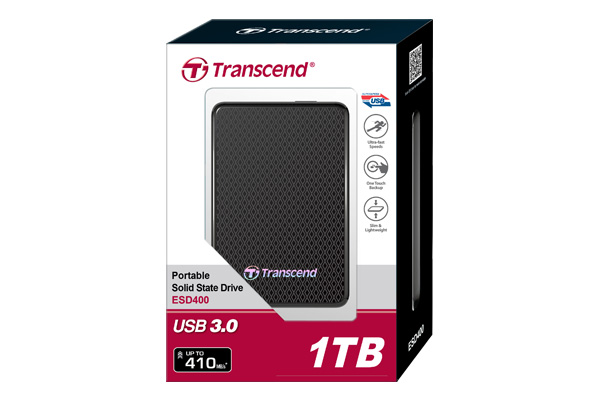
Enter tape or more specifically LTO (Linear Tape-Open), a tape technology currently in its 8th iteration that offers up to 12TB capacity on a data cartridge that costs as little as $80. SSDs tends to get the limelight when it comes to storage technology but the sobering reality is that a lot of data worldwide is archived and lives in cold storage, media that requires hours, if not days before it is accessible. Sandwiched between the two is the Sabrent Rocket Q (SB-RKTQ-8TB), an 8TB NVMe M.2 high performance SSD that carries a $1,300 price tag, one that’s justified by its speed (an order of magnitude higher than either of the aforementioned SATA SSD) and its form factor, the smaller M.2 2280. Samsung’s 8TB 870 QVO remains the absolute sweet spot and the benchmark for large capacity SSD at less than half the price of the Teamgroup QX ( $799 at Newegg). Despite its target audience, it remains expensive at just over $3,000 or around $200 per TB. It is, according to its manufacturer, the largest consumer-grade SATA SSD with a three year warranty and a 2.56PBW warranty.
TB EXTERNAL SOLID STATE HARD DRIVE PORTABLE
Note that this is a SAS drive which means that it will be difficult to shove one of these in a NAS drive or in an external enclosure to turn it into a portable SSD (or indeed the largest portable SSD ever).Įnter the Teamgroup QX, a 15.36TB SSD with a SATA interface that makes it compatible with almost all desktops and laptops that have a free 2.5-inch bay.

It is an expensive part at about $6000 (or around $200 per TB) even if it comes with a five year warranty and a 1-drive-written per day capacity. Samsung’s PM1643a, a three-year old enterprise solid state drive with a SAS interface remains the largest 2.5-inch SSD to date with a capacity of 30.72TB (or six of the above WD Elements Portable). Laptop SSDs take the shape of 2.5-inch slabs or M.2 bars.


 0 kommentar(er)
0 kommentar(er)
